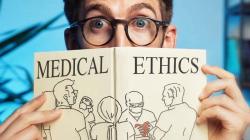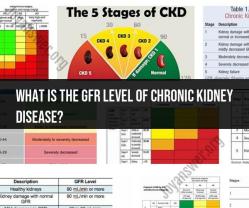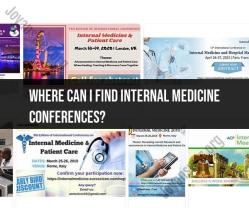How do you recognise a lupus rash?
Lupus is an autoimmune disease that can manifest in various ways, including skin rashes. Recognizing the symptoms of a lupus rash and seeking timely diagnosis is crucial for effective management. This comprehensive guide provides insights into identifying lupus rash symptoms and the importance of prompt medical attention.
Introduction to Lupus Rash
Lupus rash, also known as a "butterfly rash," is a distinctive skin manifestation of systemic lupus erythematosus (SLE). It typically appears on the face but can affect other areas of the body as well.
Common Symptoms of Lupus Rash
Lupus rash presents with specific characteristics:
- Butterfly Shape: A rash that spreads across the cheeks and bridge of the nose, resembling a butterfly.
- Redness and Swelling: The affected area may appear red and swollen.
- Photosensitivity: Rash worsens with sun exposure.
- Texture: The rash may be raised, scaly, or smooth.
Other Skin Involvement
Lupus can cause different skin abnormalities:
- Discoid Rash: Raised, scaly, and circular lesions that may cause scarring.
- Subacute Cutaneous Lupus: Red, scaly patches that may leave pigmented areas.
- Mucosal Involvement: Ulcers and lesions inside the mouth and nose.
Importance of Timely Diagnosis
Seeking prompt medical attention is essential:
- Early diagnosis allows for timely management and treatment.
- Proper treatment can help prevent disease progression and complications.
- Early intervention may reduce the risk of organ involvement.
Diagnostic Process
Diagnosis involves:
- Physical examination and medical history
- Blood tests to detect autoantibodies and assess organ function
- Skin biopsy for confirmation
Management and Treatment
Lupus rash management includes:
- Topical treatments for mild rashes
- Antimalarial drugs to control inflammation and photosensitivity
- Immunosuppressants and corticosteroids for severe cases
Conclusion
Recognizing and promptly addressing lupus rash symptoms are vital steps in managing systemic lupus erythematosus. By understanding the distinct characteristics of a lupus rash, seeking timely diagnosis, and adhering to recommended treatment plans, individuals with lupus can achieve better control over their condition, improve their quality of life, and reduce the risk of complications.













